Hybrid snow skatesはスノーボードとスケートボードの要素を組み合わせており、楽しく初心者にも優しいスロープの楽しみ方を提供します。 始めるために知っておくべきことはこちらです:
- 特別な装備は不要:普段の冬用ブーツでOK - ビンディングや高価なスキーブーツは必要ありません。
- 扱いやすい: 短い長さで素早いターンや機敏な動きに最適です。
- 初心者向けの特典: コンパクトで軽量、簡単にコントロールできる設計で、冬のスポーツ初心者に理想的です。
クイックスタートガイド:
- 適切なスケートを選ぶ: Snowfeet Mini Ski Skates(38 cm)のような初心者向けモデルを探しましょう。
- 安全装備を整える: スキーヘルメット、ゴーグル、パッド入りの服装、手袋を着用しましょう。
- 基本スキルを学ぶ: バランス、前進、スノープラウやホッケーストップのような簡単な停止を練習しましょう。
- スケートのメンテナンス: 使用後は必ず清掃、乾燥、パーツの点検を行い、最高の状態を保ちましょう。
正しいフォーム、安全装備、継続的な練習に注力すれば、すぐに自信を持って斜面を滑り降りられるようになります!
Snowfeet* & Skiskatesチュートリアル - プロのSkiskaterになる方法
ハイブリッドスノースケートの違い
ハイブリッドスノースケートは、スキー、スケート、スノーボードの要素を巧みに融合させたデザインです。これらのスノースケートが際立つ理由を見てみましょう。
基本設計とパーツ
ハイブリッドスノースケートは、スケートボードの機敏さとスキーの滑らかな滑走を組み合わせています。コンパクトなサイズは初心者に伝統的なスキーよりも優れたコントロールを提供し、冬のスポーツ初心者に最適な選択肢です。
主な特徴は以下の通りです:
- 安定性のための耐久性のあるデッキプラットフォーム
- 精度とコントロールを向上させる金属エッジ
- 楽に滑るための特別設計ベース
- 安全な停止のための統合ブレーキシステム
Snowfeet Snow Skatesのコンポーネント
Snowfeet snow skatesは、耐久性と軽量性のバランスを取ったガラス繊維強化素材を使用し、一歩先を行きます。調整可能なバインディングシステムはほとんどの冬用およびスノーボードブーツ(USサイズ6~13)に対応しているため、専用のフットウェアに投資する必要はありません。この配慮されたデザインは、初心者がスポーツにスムーズに慣れるのを助けます。
| コンポーネント | 機能 | 初心者にメリット |
|---|---|---|
| メタルエッジ | カービング能力を向上 | ターン時のコントロール向上 |
| ヒールブレーキ | 速度を管理 | 停止とコントロールが簡単 |
| 調節可能なバックル | ほとんどの冬用ブーツにフィット | 特別な靴は不要 |
| 強化されたベース | 耐久性を確保 | 斜面でのスムーズなパフォーマンス |
通常のスキーとの比較
では、ハイブリッドSnowfeetは伝統的なスキーと比べてどうでしょう?そのデザインは安全性と独特のライディング体験に焦点を当てており、RossignolやAtomicのようなクラシックなスキーギアとは異なる何かを提供します。
The Plain DealerのZachary Lewisがうまく説明しています:
"スキーブーツに似ているものの、Snowskatesはアイススケートのような機能と感覚を持っています。"
これらのスケートは、素早いターンや正しい姿勢の練習に最適です。アイススケートやローラーブレードを試したことがあるなら、スキーよりもSnowfeetの方が習得しやすいと感じるでしょう。さらに、パッド入りのインナーブーツなどの機能が足を暖かく快適に保ち、練習中の疲労を軽減します。
乗る準備をしよう
ハイブリッドスケートのデザインに慣れたら、最初の冒険に向けての準備方法はこちらです。
初めてのスノースケートの選び方
初心者には使いやすさを重視したモデルがおすすめです。Snowfeet Mini Ski Skates (38 cm)は素晴らしい選択肢です。軽量でバランスと機敏さを助け、USサイズ6〜13の靴に対応しています。さらに、通常の冬用ブーツと互換性があるため、特別な靴を購入する必要がなく、初心者に最適です。
スケートを選ぶ際に覚えておくべきことはこちらです:
- ブーツ互換性:冬用またはスノーボードブーツがスケートのバインディングにしっかりとフィットすることを確認してください。
- 地形タイプ:初心者の場合は、整備された斜面用に作られたスケートを選びましょう。
- 重量配分:バランスの取れた感触のスケートを選び、乗る際のコントロールを向上させましょう。
必須の安全装備
安全は常に最優先です。乗るときに身を守るために、以下のギアを装備しましょう:
| ギア | 目的 | 注目すべき特徴 |
|---|---|---|
| スキーヘルメット | 頭部保護 | 衝撃吸収素材 |
| スキーゴーグル | 目の保護 | 曇り止めコーティング |
| パッド入り衣類 | 衝撃保護 | 動きやすい柔軟性 |
| 冬用グローブ | 手の保護 | 防水・断熱 |
| 脊椎プロテクター | 背中の安全 | 機動性のためのスリムデザイン |
安全性を高めるために、マウスガードの使用もおすすめします。転倒時に歯や顎を守るのに役立ちます。
Snowfeetのスノースケートのセットアップ
Snowfeetのスノースケートを正しくセットアップすることは、安全でスムーズなライドの鍵です。まず、ブーツをスケートプラットフォームの中央に合わせます。調節可能なバックルでストラップを均等に固定し、足をいろいろな方向に動かしてセットアップをテストしましょう。斜面に出る前に、平らな地面でこれらの調整を練習してギアの感触を掴んでください。安定性が必要な場合は、慣れるまで腕を使ってバランスを取ってください。
sbb-itb-17ade95
基本スキルの習得
正しい姿勢とバランス
正しい姿勢を取ることは、スノースケートでコントロールを保つための基本です。安定させるために、膝と足首を少し曲げましょう。特に下り坂では、重心を低く保つことが重要です。
バランスを改善するには:
- 体重を足の中央か後ろに移しましょう。
- 安定性を高めるために、腕は自然に伸ばしたままにしてください。
- 目線は足元ではなく、前方に集中しましょう。
- 不安定に感じたら、上半身を少し前に傾けて腕を伸ばし、サポートにしてください。
前進する
姿勢に慣れたら、平坦な地形での移動に挑戦しましょう。まずはこれらの基本テクニックから始めてください:
| テクニック | やるべきこと | 避けるべきミス |
|---|---|---|
| ハーフスケートステップ | 片足で押し出しながらもう片方の足で滑る | 脚をまっすぐにしすぎる |
| 体重移動 | 脚の間でスムーズに体重を移動させる | 前のめりになりすぎる |
| パラレルグライド | 動いている間はスケートを肩幅に保つ | 足元を見つめる |
緩やかな斜面に挑戦する準備ができたら、自然な足の位置をとります。前脚を支点にし、後ろ脚で方向をコントロールします。
基本のターンと停止
前進ができるようになったら、次はコントロールしながらのターンと停止の練習です。重心を低く保つことで、これらの動作中に安定を保てます。
- ホッケーストップのテクニック 足を斜面に対して垂直に向け、一方のスケートの内側エッジを雪に押し付けます。そのスケートにより多くの体重をかけて摩擦を生み、減速します。
- スノープロウストップ スケートは肩幅に開いてスタートします。膝を曲げて重心を下げ、つま先を少し内側に向けます。この姿勢がスムーズでコントロールされた停止を助けます。
- 練習の進め方 ゆっくりした速度で練習を始め、軽く雪を擦るようにしてください。慣れてきたら、適切なフォームを保ちながら徐々にスピードを上げていきましょう。体重は両足に均等にかけることを忘れずに。
ターンの際は、エッジのグリップだけに頼らず、体の動きで回転を導いてください。
ケアとメンテナンス
使用後のケア
毎回の使用後にスノースケートの手入れをすることで、錆を防ぎ、寿命を延ばし、良好なパフォーマンスを維持できます。
-
クイッククリーンアップ
スノースケートを使用した後は、新雪の上を数秒滑らせてください。これにより、詰まった雪やゴミが取り除かれ、溶ける際にダメージを与える可能性のある氷の蓄積を減らせます。 -
詳細なクリーニング
柔らかい布を使って、ベース、エッジ、ビンディング、金属部分を拭き取ってください。これにより、機材を傷める汚れや水分を取り除けます。 -
徹底的な乾燥
特に湿度の高い環境では、すべてのコンポーネントが完全に乾いていることを確認してください。このステップは腐食を防ぐために非常に重要です。
このライド後のルーティンと定期的なチェックを組み合わせることで、スノースケートを最高の状態に保てます。
パーツのメンテナンス
継続的なメンテナンスは、あなたのスノースケートを安全に保ち、最高のパフォーマンスを維持します。これらの重要な部分に注意してください:
| コンポーネント | チェックポイント | メンテナンスのヒント |
|---|---|---|
| ビンディング | ストラップの状態、バックルの機能 | 緩んだ部品を締め、摩耗したストラップを交換する |
| ベース | エッジの鋭さ、表面の傷 | 必要に応じてワックスを塗り、損傷を修理する |
| ハードウェア | ネジと錆の箇所 | ネジを締め、錆を取り除く |
オフシーズンの保管には、まずマイルドな石鹸と水でスノースケートを洗浄します。完全に乾かした後、ベースにホットワックスを塗って保護します。涼しく乾燥した日陰の場所に保管してください。
保管場所が湿気やすい場合は、除湿機の使用を検討してください。また、直射日光は避けてください。紫外線は時間とともに素材を弱める可能性があります。
Snowfeetのオーナーは、耐久性と使いやすさに重点を置いたガイドに従い、月に一度バインディングを点検し、ベースエッジの摩耗を確認してください。
結論
ハイブリッドスノースケートは、スケートボードの創造性と冬のスポーツの興奮を組み合わせるユニークな方法を提供します。基本に集中し、定期的な練習を続けることで、着実に上達し、ライドを楽しめます。
研究によると、週に2.5回以上のトレーニングは下半身のパワーを10.51%、スピードを5.23%向上させることが示されています。これは、スキル向上において継続的な練習がいかに重要かを示しています。
成功のためのいくつかのヒントをご紹介します:
- 正しいフォームを保つ:膝を曲げ、体重を前足にかけてコントロールを向上させましょう。
- 安全を最優先に:必ずセーフティリーシュを使い、適切な冬用装備を着用してください。
- 定期的に練習しましょう:短いセッションから始めて、徐々に練習時間を延ばしましょう。
- ギアの手入れをしましょう:適切なメンテナンスは機材の性能を最大限に引き出します。
"バイレベルのスノースケートなら、簡単に斜面を滑り降りたり、パウダースノーのコースを走ったり、ターンを決めたり、トリックを披露したりできます..."
ハイブリッドスノースケートの適応性は、冬のスポーツを楽しみたいすべての人にとって素晴らしい選択肢です。機材の手入れをし、継続的に練習することで、より難しいコースに挑戦し、技術を磨く準備が整います。
よくある質問
ハイブリッドスノースケートは伝統的なスキーやスノーボードとどう違うのですか?
ハイブリッドスノースケートは、Snowfeetが提供するように、雪のスポーツに新しい風を吹き込み、伝統的なスキーやスノーボードとはいくつかの明確な違いがあります。まず、はるかに短く軽量で、持ち運びや扱いが非常に簡単です。伝統的なスキーは通常5〜6.5フィートの長さですが、ハイブリッドスノースケートはバックパックに収まるほどコンパクトです。これにより、スロープやテレインパークへのちょっとしたお出かけに便利な選択肢となります。
もう一つの際立った特徴はその柔軟性です。ハイブリッドスノースケートは通常の冬用ブーツやスノーボードブーツで使えるため、専用のスキーブーツを買う手間がありません。これにより、初心者や気軽に雪を楽しみたい人に最適です。一方、伝統的なスキーやスノーボードは学習曲線が急で装備も多く、特に初心者には圧倒されがちです。
ハイブリッドスノースケートでバランスとコントロールを向上させる初心者向けのベストなヒントは何ですか?
ハイブリッドスノースケートでバランスとコントロールを向上させるには、しっかりとした姿勢から始めましょう:膝を軽く曲げ、コアを使い、肩の力を抜きます。この姿勢は安定を保ち、滑走中の衝撃を吸収します。まずは平らで滑らかな場所で練習し、自信をつけてスケートの感覚を掴むのがおすすめです。
ヨガ、バランスボードトレーニング、片足トレーニングなどの雪上以外のエクササイズも準備に役立ちます。これらはコアを強化し安定性を高め、動きをコントロールしやすくします。定期的な練習で、スムーズに滑るための筋肉の記憶が身につき、体験を存分に楽しめるようになります!
ハイブリッドスノースケートを良好な状態に保つにはどうすればいいですか?
ハイブリッドスノースケートを最高の状態に保つことは、性能を維持し寿命を延ばすために重要です。ケア方法はこちら:
- 頻繁にワックスをかけましょう。滑らかなベースを維持し、スピードを上げ、雪の付着を防ぎます。この簡単なステップがスロープでの違いを生み出します。
- エッジを鋭く保ちましょう。より良いコントロールと精度のために。適切な道具で自宅で手入れするか、プロのスキーショップでチューンナップを受けることもできます。
- 使用後は必ず清掃し乾燥させましょう。 柔らかい布で雪や水分を拭き取り、錆やカビを防ぐためにスケートは常に乾燥した場所に保管してください。
- 特にビンディングやベース周りの損傷を定期的にチェックしましょう。 小さな問題を早期に発見し修理することで、後々の大きなトラブルを防げます。
これらのステップで、あなたのスケートはいつでもアクション準備完了のまま!

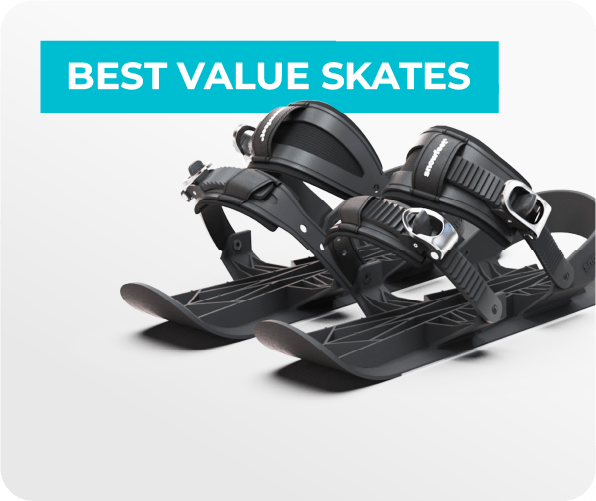
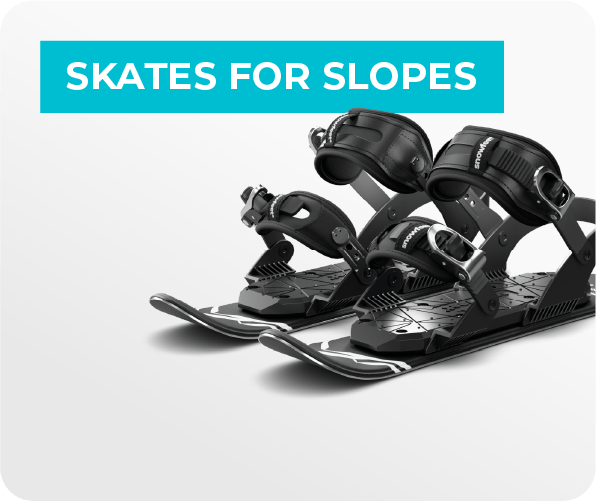
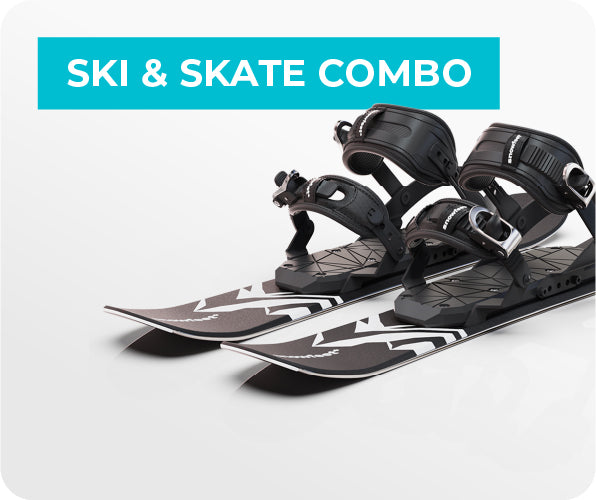
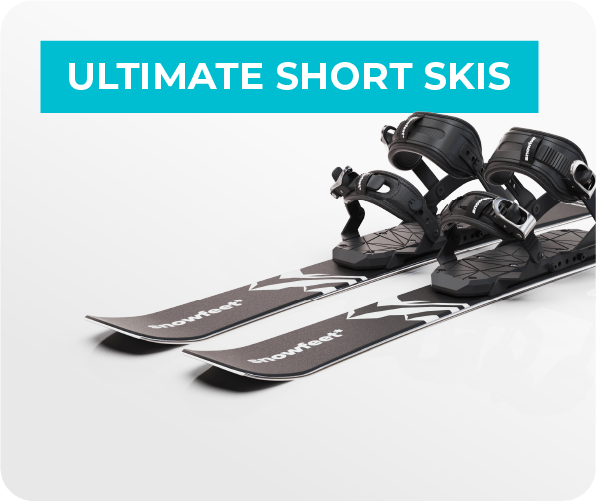
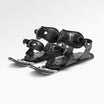
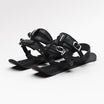
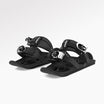
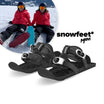
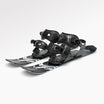
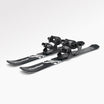
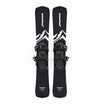
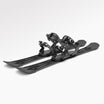
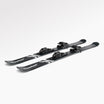
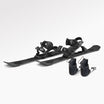
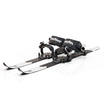
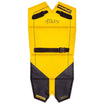
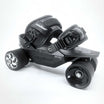

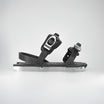
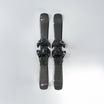
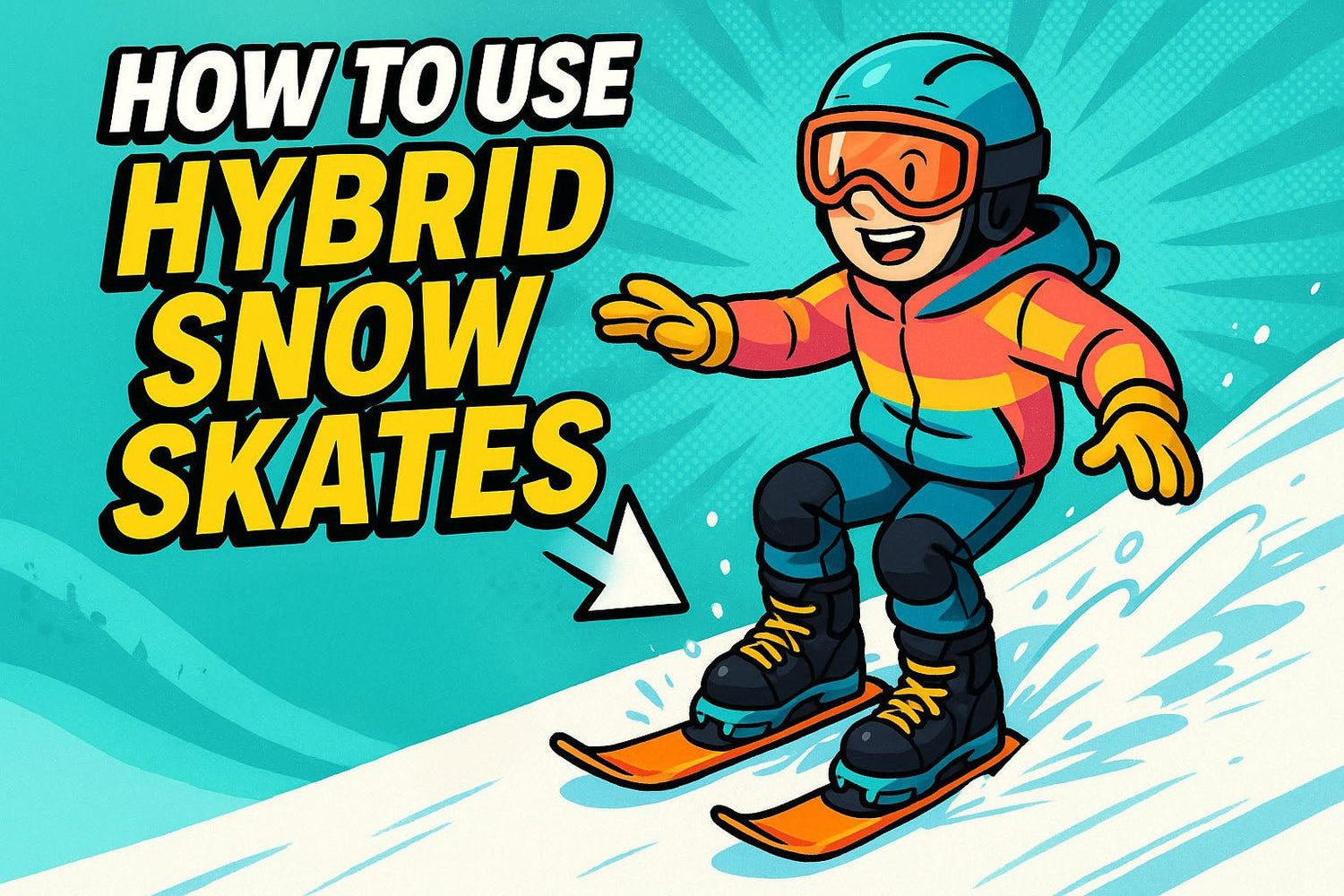
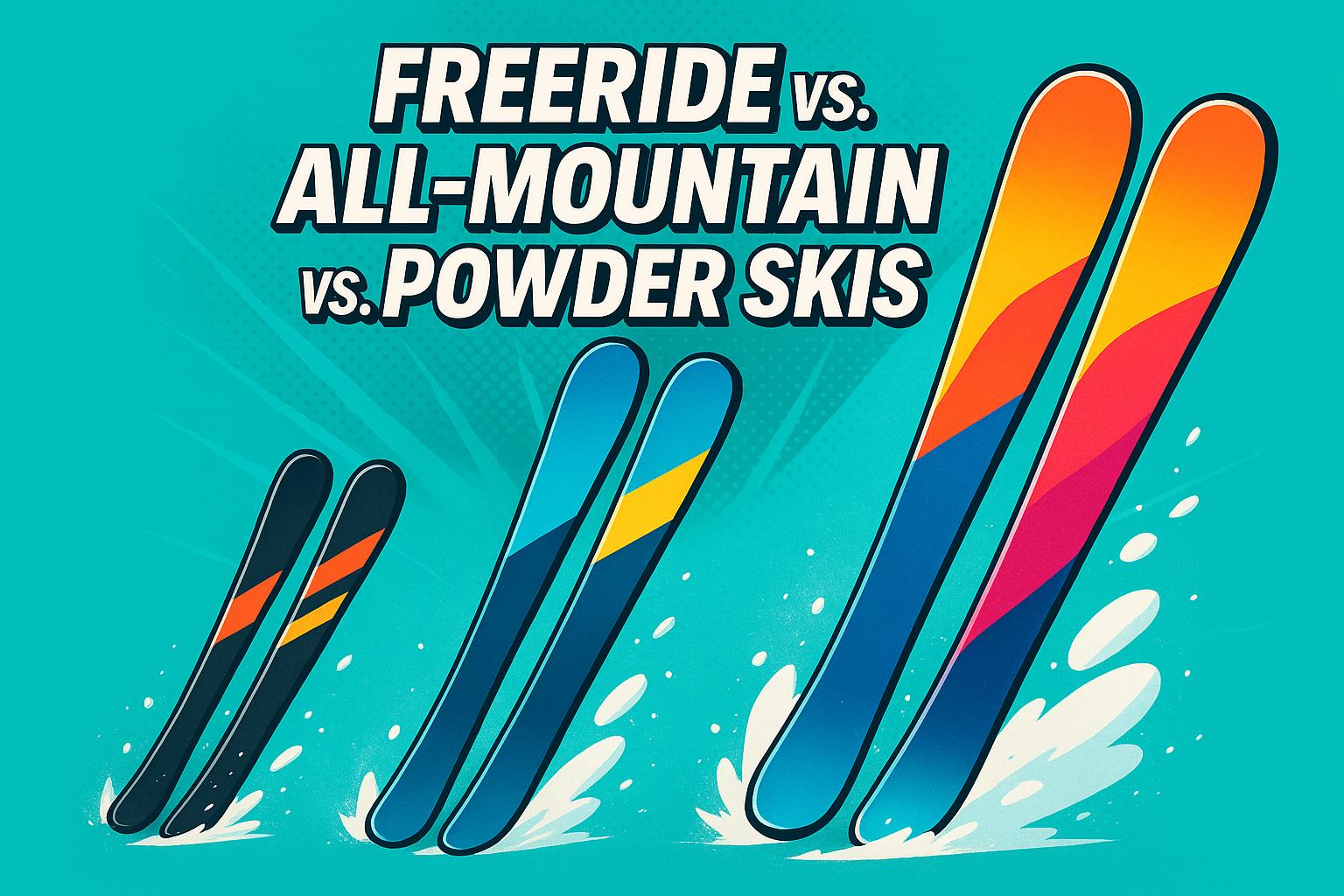
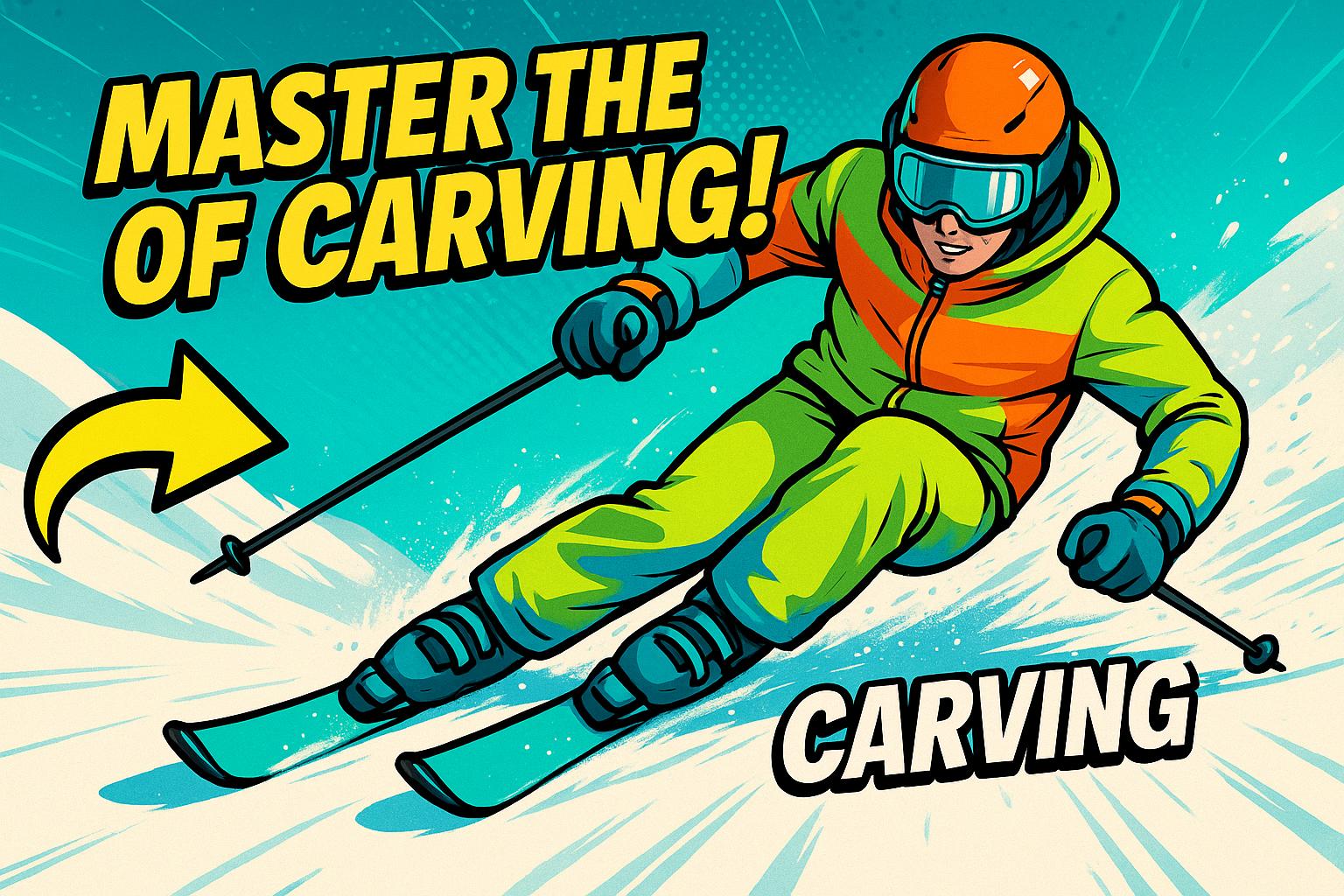
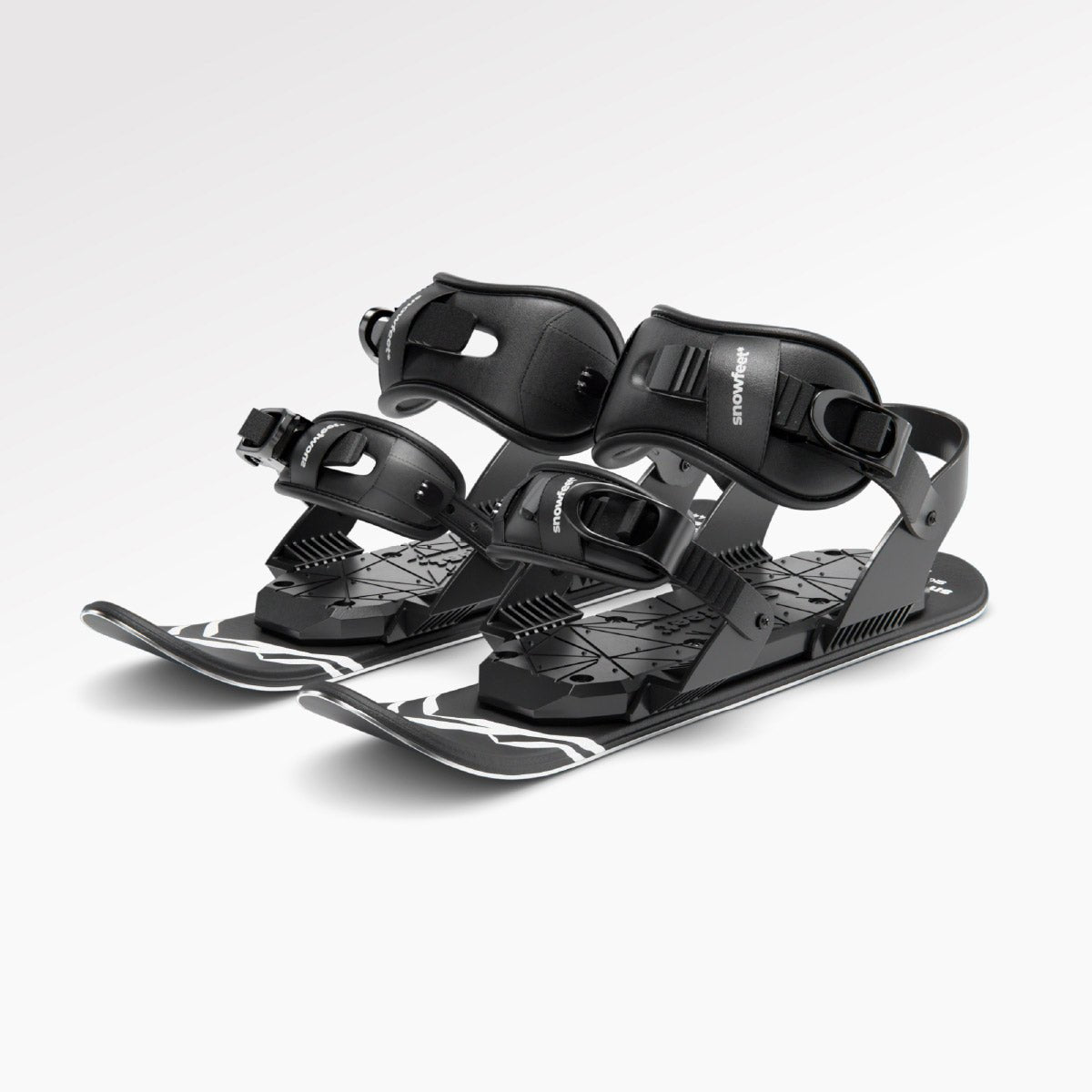
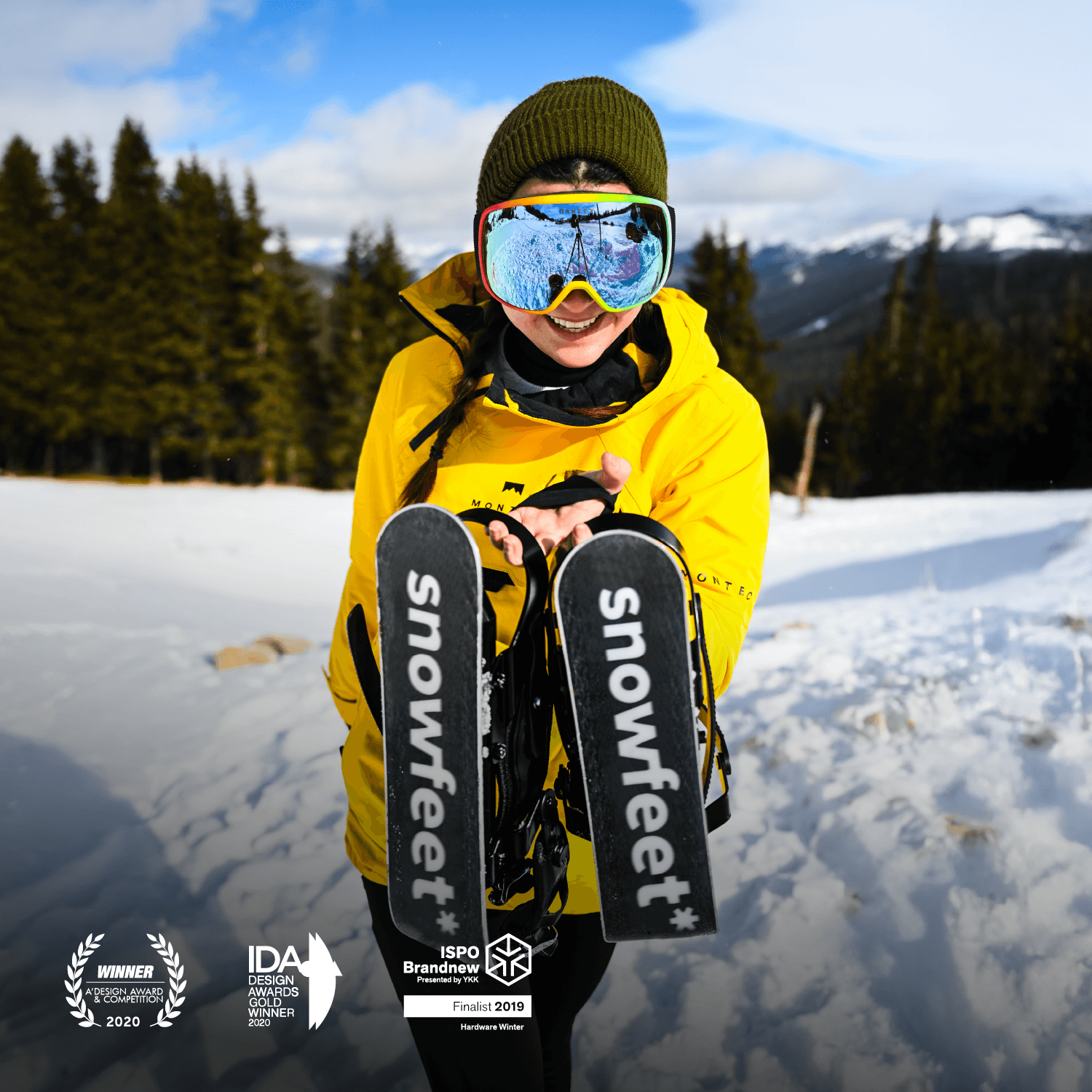
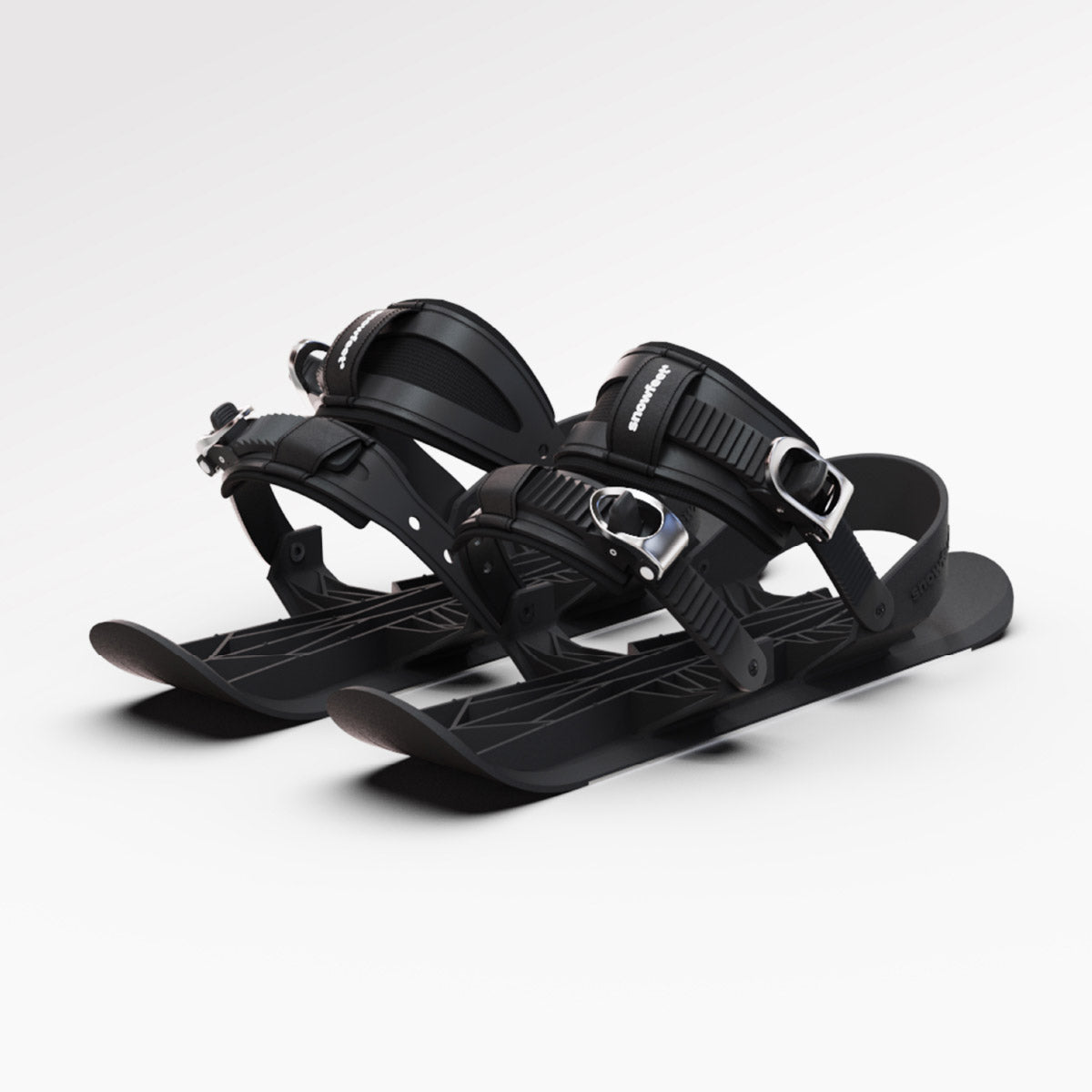
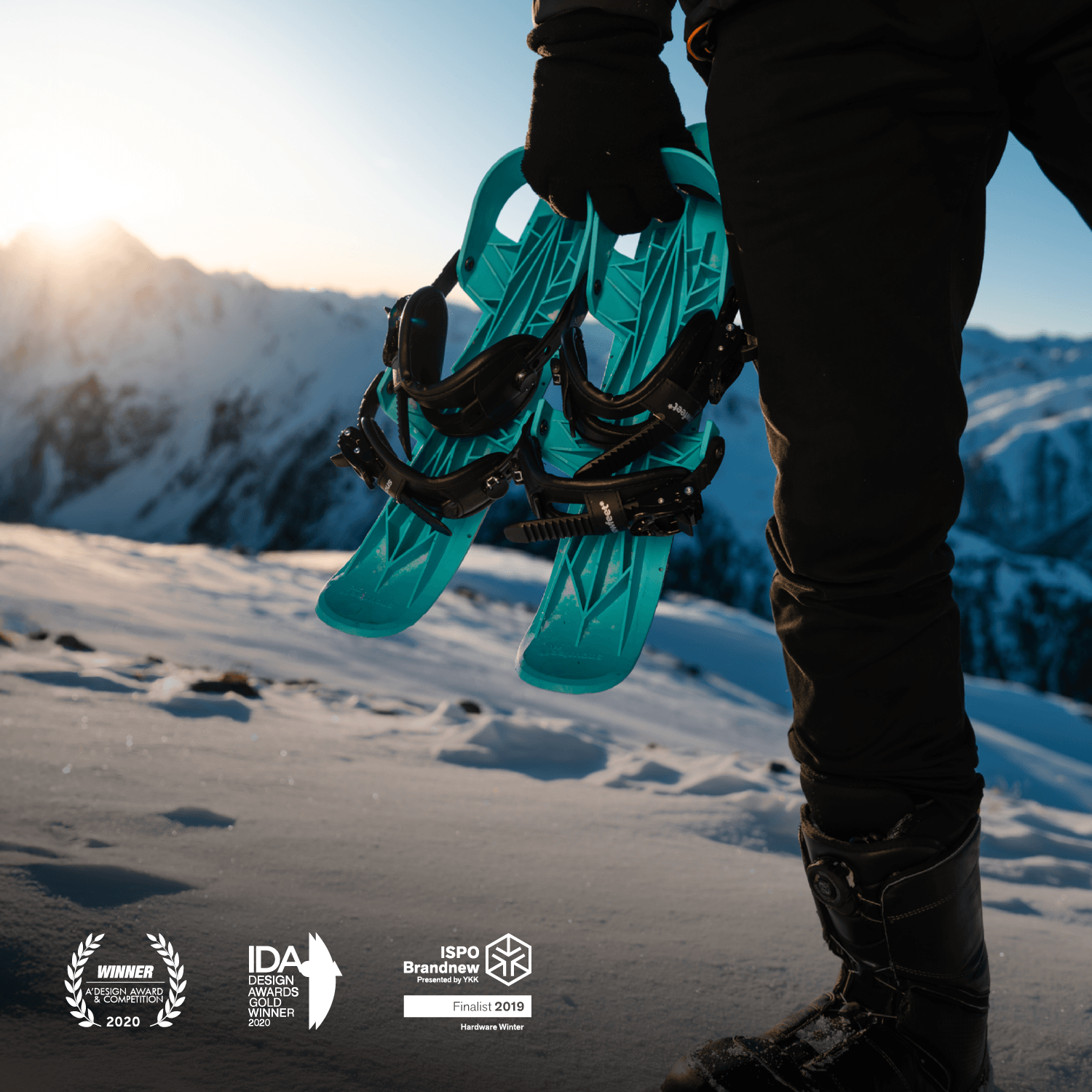
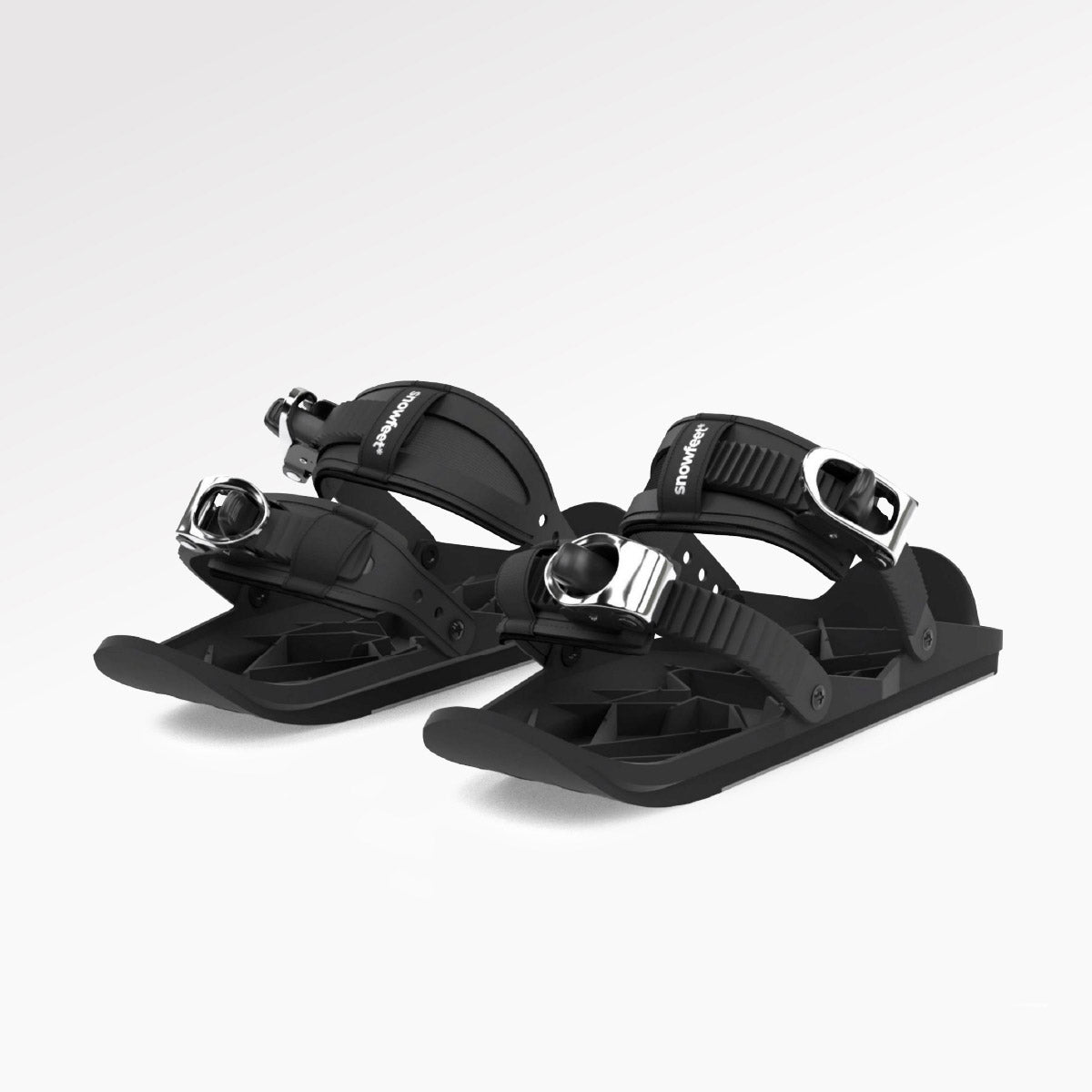
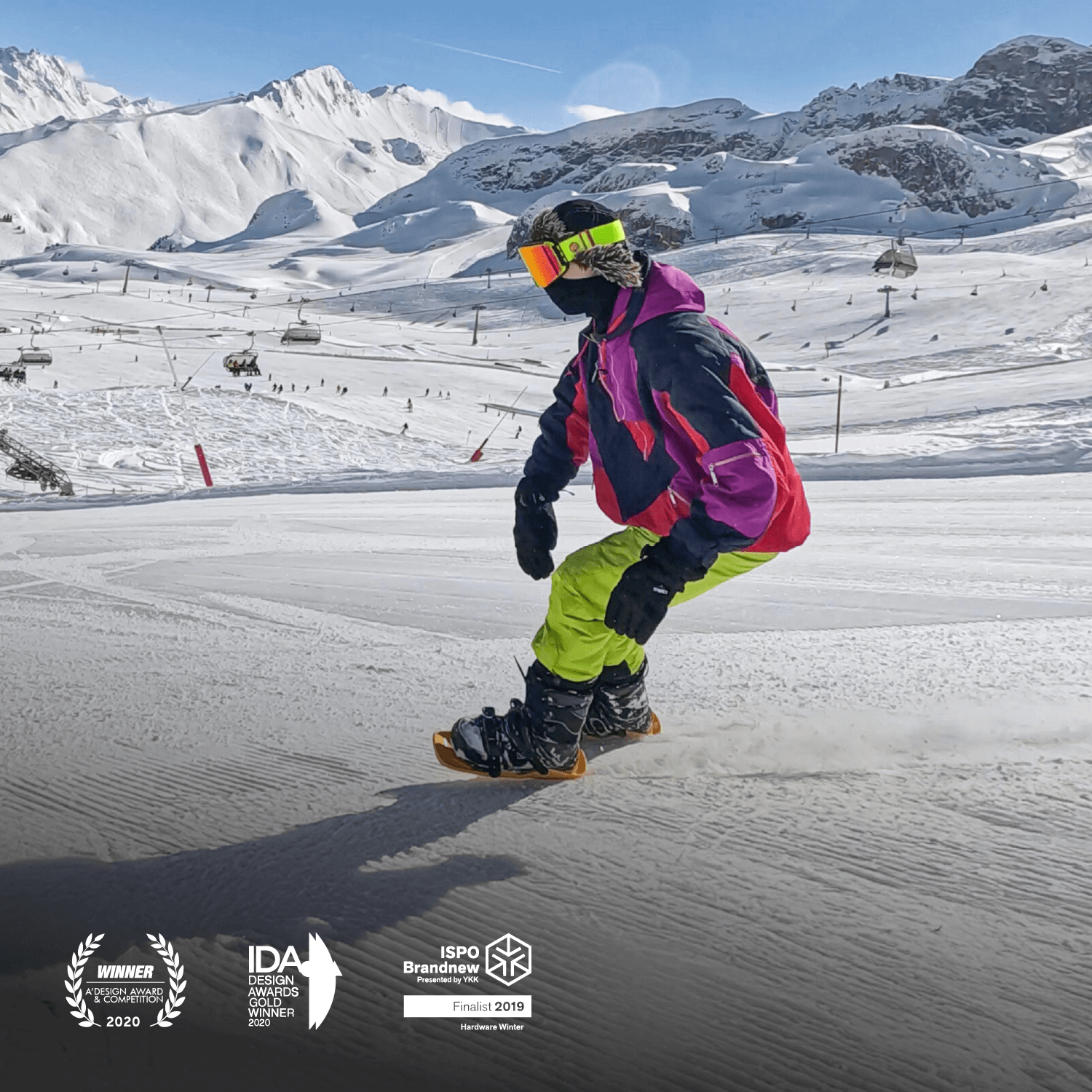
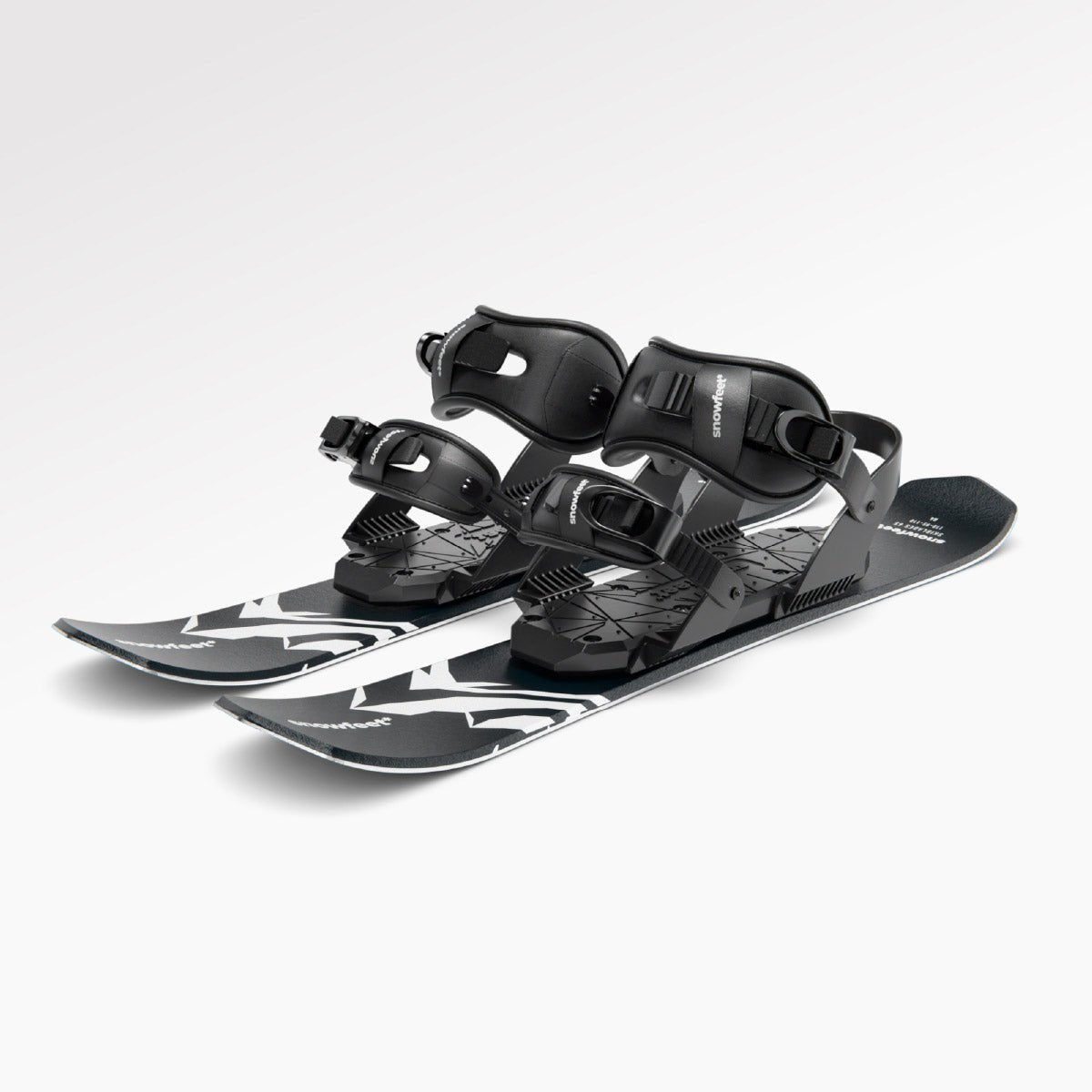
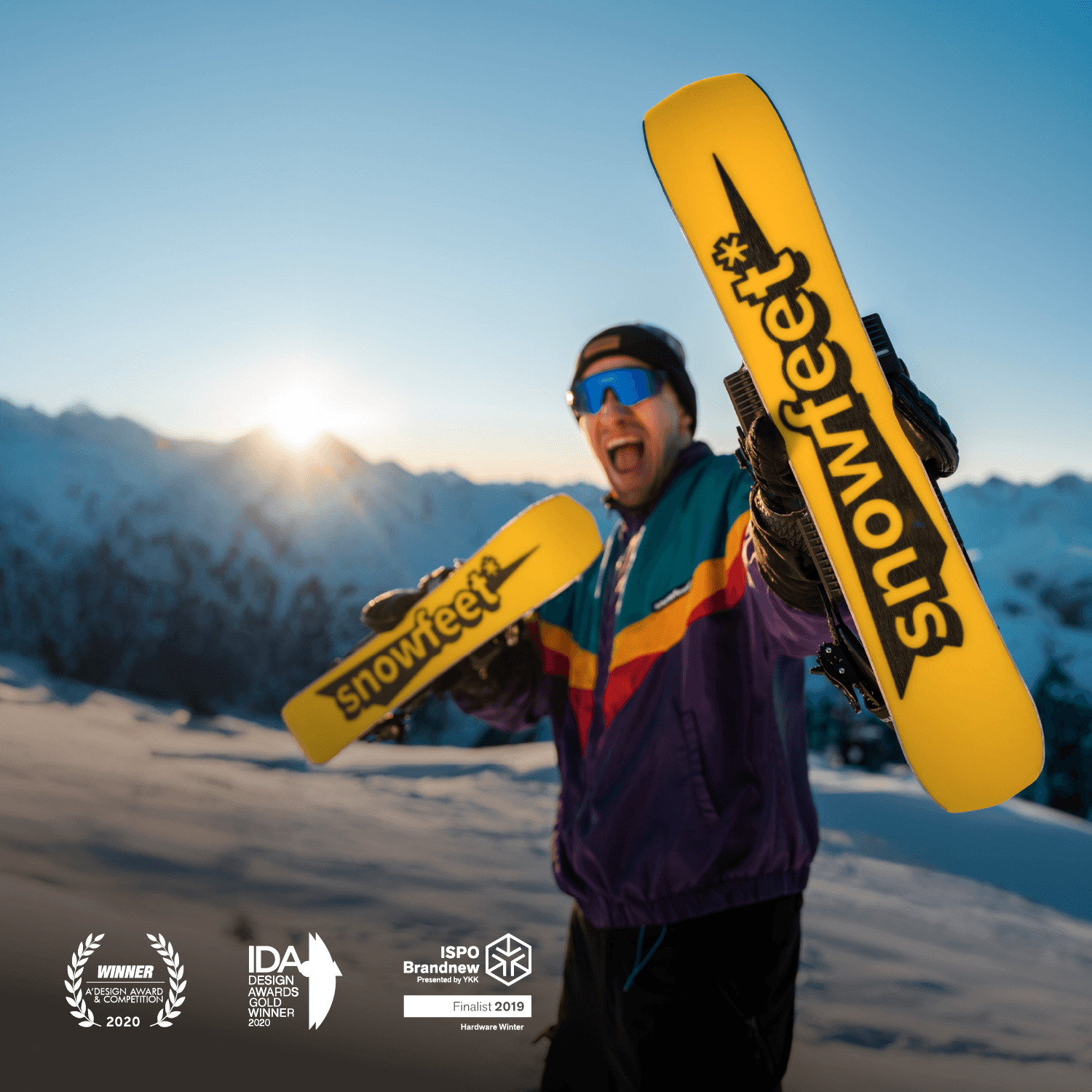
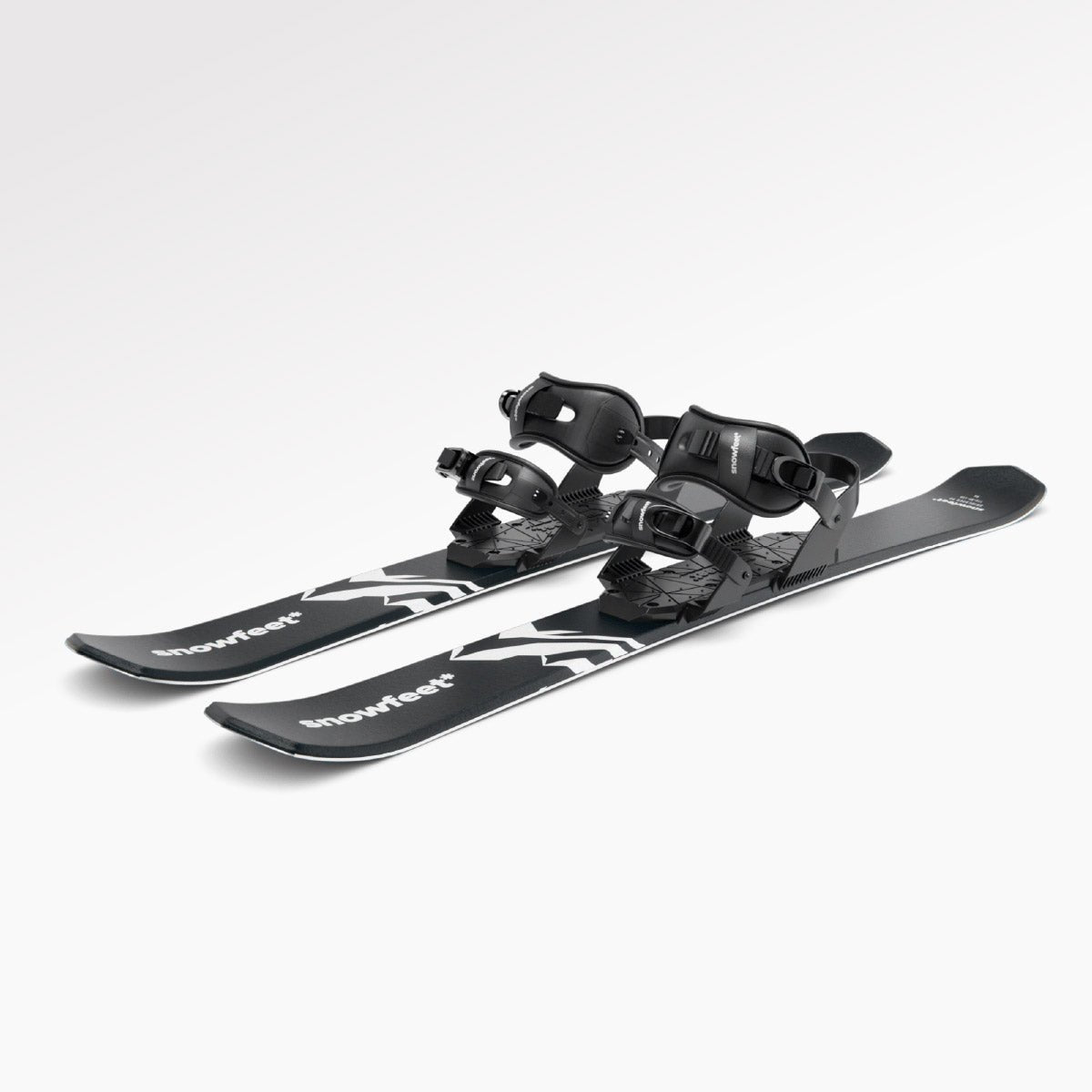
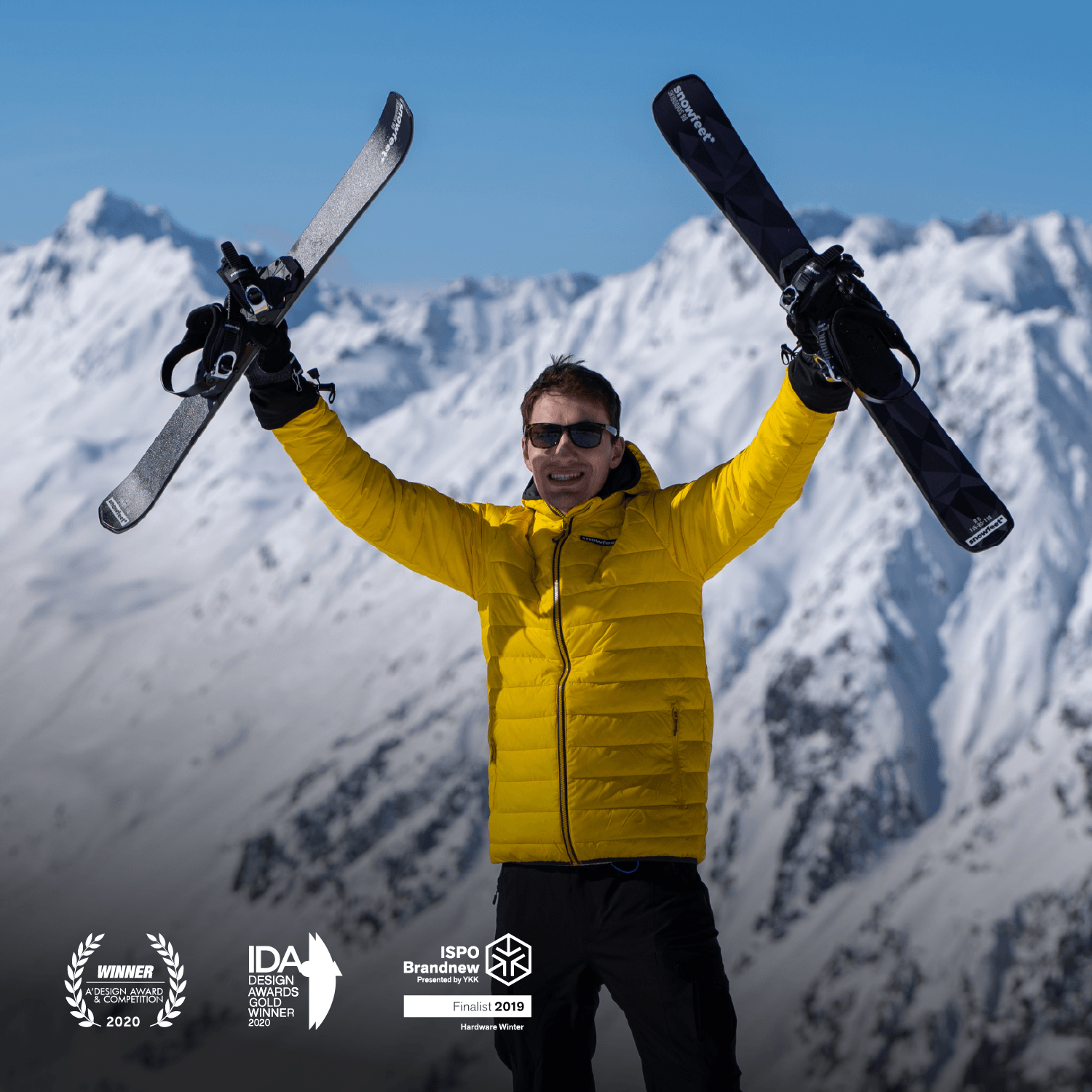
コメントを残す
このサイトはhCaptchaによって保護されており、hCaptchaプライバシーポリシーおよび利用規約が適用されます。